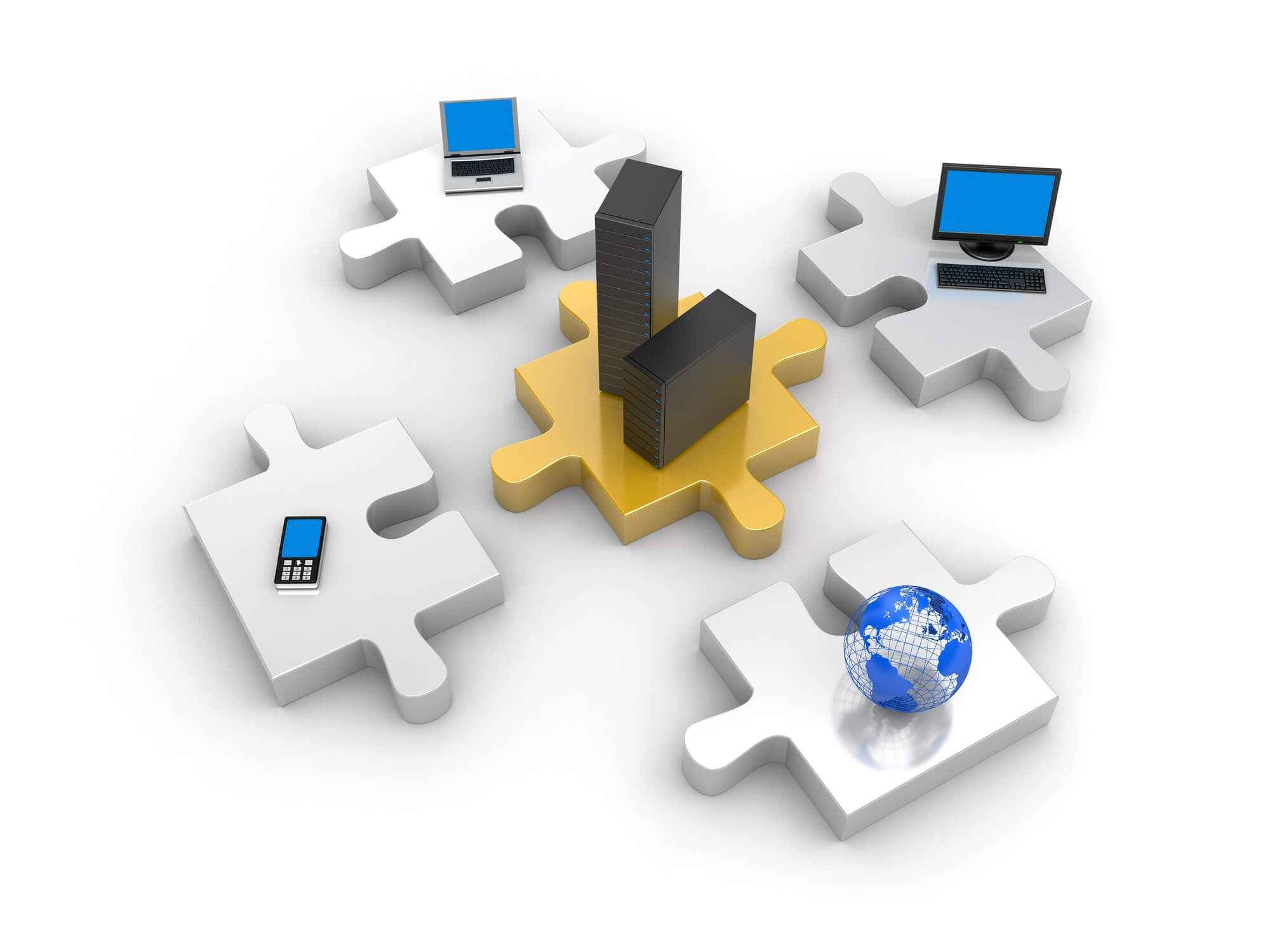
Blog / An introduction to IT infrastructure and its components
Information technology, like anything else, requires the appropriate foundation on which to run. Just like cars need roads and cities need sewers, IT needs physical components in order to operate effectively. Unlike car and cities, though, information technology also requires a fair number of intangible components as well. As regular readers of our newsletter may have noticed, we talk about IT infrastructure a lot, but what exactly does the term mean?
The definition of provided by the IT Infrastructure Library (ITIL) reads as “All of the hardware, software, networks, facilities, etc. that are required to develop, test, monitor, control, or support IT services.” This is a pretty comprehensive definition although it does need to be clarified that the definition only refers to the technology and devices. Processes, documents, and users/IT staff are not considered part of your IT infrastructure.
To make the definition easier to handle, lets break it down into more digestible chunks. There are basically three “types” of infrastructure components: Hardware, Software, and the Network. Hardware of course refers to the computers/devices, servers, routers/switches, and even the facilities that house and cool these items (such as datacentres). Software similarly refers to the applications used by your business, including your operating system, VoIP applications, and yes, even more common applications like MS Word or Excel. After all, you can’t complete your word or spreadsheet tasks without the actual application to do it on.
Finally there is your network component. This one is a little different than the other two, but only in that it refers to both hardware and software so some sources may not refer to networking as the third component. Nevertheless, the majority of IT providers recognize the network as a separate but critical part of a business’s IT needs. It includes everything needed to facilitate operations across your network, and between it and other outside systems. Firewalls and security applications are examples of software components, while cables, routers, and switches make up the hardware portion.
IT is an integral part of our modern world, especially for businesses, and understanding what IT infrastructure refers to and its individual components can help you better leverage your IT, especially as technology continues to advance and new equipment and upgrades become available.
If you have any questions about your IT infrastructure or how to upgrade it, contact TRINUS today and we’ll be happy to help out.
Sincerely,
The TRINUS team
trinustech.com

















